Fungi are everywhere. There are approximately 1.5 million different species of fungi on Earth, but only about 300 of those are known to make people sick.1,2 Fungal diseases are often caused by fungi that are common in the environment. Fungi live outdoors in soil and on plants and trees as well as on many indoor surfaces and on human skin. Most fungi are not dangerous, but some types can be harmful to health.
lunes, 28 de agosto de 2017
Types of Fungal Diseases| Fungal Diseases | CDC
Types of Fungal Diseases| Fungal Diseases | CDC

Fungi are everywhere. There are approximately 1.5 million different species of fungi on Earth, but only about 300 of those are known to make people sick.1,2 Fungal diseases are often caused by fungi that are common in the environment. Fungi live outdoors in soil and on plants and trees as well as on many indoor surfaces and on human skin. Most fungi are not dangerous, but some types can be harmful to health.
Fungi are everywhere. There are approximately 1.5 million different species of fungi on Earth, but only about 300 of those are known to make people sick.1,2 Fungal diseases are often caused by fungi that are common in the environment. Fungi live outdoors in soil and on plants and trees as well as on many indoor surfaces and on human skin. Most fungi are not dangerous, but some types can be harmful to health.
Suscribirse a:
Enviar comentarios (Atom)
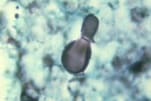 Caused by the fungus Blastomyces, which lives in moist soil in parts of the United States and Canada.
Caused by the fungus Blastomyces, which lives in moist soil in parts of the United States and Canada.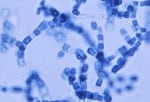
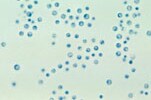
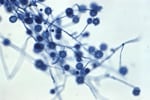 Caused by the fungus Histoplasma, which lives in the environment, often in association with large amounts of bird or bat droppings.
Caused by the fungus Histoplasma, which lives in the environment, often in association with large amounts of bird or bat droppings.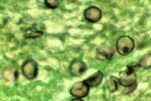 Caused by the fungus Pneumocystis jirovecii and mainly affects people with weakened immune systems.
Caused by the fungus Pneumocystis jirovecii and mainly affects people with weakened immune systems.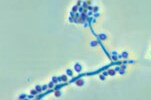 Caused by the fungus Sporothrix, which lives throughout the world in soil and on plants.
Caused by the fungus Sporothrix, which lives throughout the world in soil and on plants.





















.png)











No hay comentarios:
Publicar un comentario